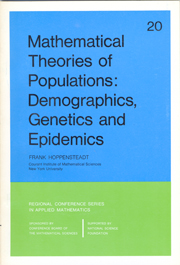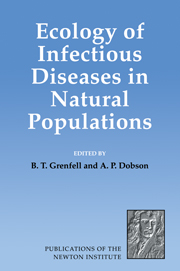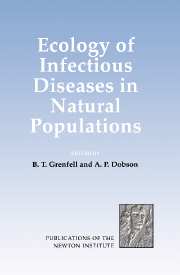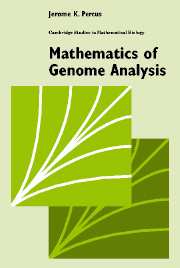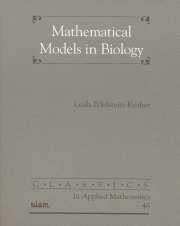Mathematical Theories of Populations
Mathematical theories of populations have appeared both implicitly and explicitly in many important studies of populations, human populations as well as populations of animals, cells and viruses. They provide a systematic way for studying a population's underlying structure.
A basic model in population age structure is studied and then applied, extended and modified, to several population phenomena such as stable age distributions, self-limiting effects, and two-sex populations. Population genetics are studied with special attention to derivation and analysis of a model for a one-locus, two-allele trait in a large randomly mating population. The dynamics of contagious phenomena in a population are studied in the context of epidemic diseases.
Product details
December 1975Paperback
9780898710175
80 pages
255 × 178 × 100 mm
0.3kg
Available
Table of Contents
- The Equations of Population Dynamics: Age Dependent Population Growth
- Analysis of the Birth Rate
- A Model of a Self-Limiting Population
- A Two-sex Model
- Deterministic Models in Genetics: A Brief Introduction to Mendelian Genetics
- The One-Locus, two-allele Model
- Age Dependent Population Genetics. Propagation of a Gene in a Spatially Distributed Population
- Theories of Epidemics: General Theory of Contagious Phenomena
- Qualitative Behavior of Deterministic Epidemics.

